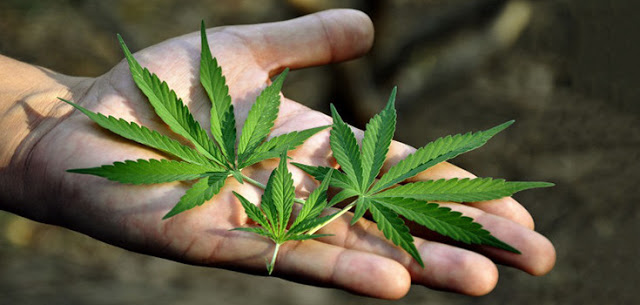Attorney General Eric Holder is even positing that the administration is about to allow banking reforms for these legal businesses and has come forward saying that he would work on the rescheduling of cannabis should congress decide to move in that direction.
Recently, Google, Facebook and Twitter have all come out against these enterprises using existing ad networks and solutions, such as AdWords, Sponsored Tweets, FBX campaigns, etc., citing that, while the Colorado and Washington experiments are legal in their respective areas, companies operating on a global scope cannot afford to allow the promotion of items that are illegal elsewhere. Therefore, they voted no to pot ads.
When an industry leader such as AdWeek is open to the discussion of a newly regulated industry, advertisers should be as well, and here’s why: alcohol and tobacco clients are big bucks for advertising. When alcohol prohibition ended in 1933, within a year advertisers from in-house marketing arms and standalone marketing establishments were churning out ads such as the one below to no end.
Right now, sales for the newly legal vice are being driven by novelty. Tourism companies have popped up and are promoting “Pot-Tours” and “Cannibitions.” These are not uncommon in any big tourism destination (think Vegas and Central Park). What is uncommon is the lack of balance, due to the lack of support for the industry.
With gross sales of cannabis in Colorado exceeding $1 million on the first day alone, companies who have the willingness to invest in this new industry can potentially be viewed as “Big Canna,” the next Big Tobacco, Big Alcohol and Big Pharma collective. They’re the people with the money, with the guts, and willing to take the risk to be the next Phillip Morris and Anheuser Busch of the marijuana movement.
With alcohol and tobacco industries clearing advertising budgets in the multiple billions per year, this next year will be the experiment in cannabis regulation. With 23 states allowing legal marijuana in some form or another, and initiatives being proposed for the coming elections in at least six states, the time to accept changing trends is now.
Advertisers love us some untapped wells of ad dollars, and the newly legal addition to the incredible mass of vice advertising is going to be a cash cow. From consumer packaged goods for companies like Cheeba Chews and Zig Zags, to local dispensary and cultivation campaigns, the demand for advertising is most certainly going to pot, in the most positive way possible.
Advertisers willing to take the next step and take business from these companies may, worst case scenario, take a short-term hit in their reputation, but will become harbors for the growing industry and its growing ad budget.
As cannabis becomes no more buzz-worthy than “beer” and “wine” were in 1934, these advertisements and advertisers will eventually have clients look over their portfolios without the smirks and munchies-focused jokes.
Companies won’t be mocking the existing target demographic to sell ads, they’ll be driving creativity to be less “Hi, I’m high”-focused, and more “This is a product. These are its benefits.”
The mad men and women of the world love their vices. It’s time for them to include daily vices in their client portfolios. It’s time to seize unclaimed ad territory. Annoté supports this conquering belief; we treat all clients, whether they sell Lip Balm or Lip Bong, as clientele in need of advertising experts. We look forward to watching as the Colorado and Washington marketers bring high-performing campaigns to this experimental stage, and hopefully egg on their peers to do the same.
Related









